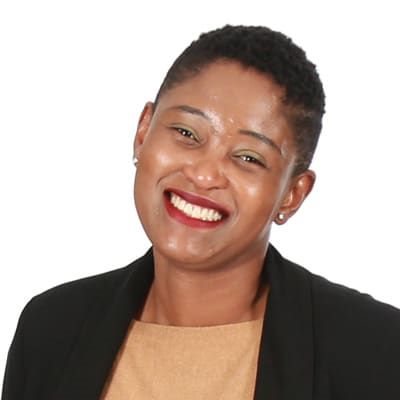Principal training interventions - finding the right fit

The role of the principal within a complex educational system is frequently underestimated. Many principals operate in difficult environments – think of schools that rely solely on government for resources – but even if they occupy leadership positions in less challenging environments, like quintile five and private schools, they still face a number of hurdles.
Schools are not any different from businesses, but they do not have the luxury of hiring specialists to attend to operations, human resources, procurement, financial management and stakeholder relations, for example. Leadership teams need a wide variety of competencies, with principals having oversight of their activities.
Building technical skills is relatively easy, but principals also need to develop higher-order skills. They have to be able to manage and lead themselves before they can manage and lead others. The Policy on the South African Standard for Principalship lists a set of values that inform the core purpose of principalship, such as self-confidence, maturity, courage in decision-making, initiative, resourcefulness and determination in seeking solutions to problems.
In South Africa, many people have not been able to develop these capabilities early on in life. The skills in question are not automatically acquired by virtue of holding a leadership position, either – they invariably have to be learnt and harnessed over a period of time, through self-awareness, self-reflection and development.
Cultivating emotional intelligence does not happen overnight, nor can it be taught in a workshop or two. In many cases, coaching is needed in order to work around cognitive biases and behavioural change can only occur once people understand why they do what they do. Some educators work in environments that are so challenging that they have become ‘mentally absent’, unable to focus on the kind of future they want for themselves and perhaps even for their learners. However, because every situation is different, one cannot approach leadership development with preconceived ideas and solutions.
When it comes to implementing leadership development training, the importance of implementing the right kind of intervention cannot be overstated. Leadership development is not the silver bullet that can fix all ills within a school – but it does go a long way towards creating a more enabling environment.
The following points need to be considered:
- Context is everything – what kind of environment do school management teams and principals work in?
- If we are planning an intervention, do we have a sufficiently humble and patient approach that will allow us to learn what is needed, rather than make hasty and perhaps incorrect assumptions?
- Have we conducted a needs analysis, rather than brought a one-size-fits-all framework to the table?
- Is the model or framework of the intervention fit-for-purpose and adequately adapted for the education sector?
- Is the intervention in line with the Department of Basic Education’s approach to skills development for Principals?
- If we are focusing on principals, do we have the support of the whole team, that is, deputy principals, heads of department and school governing bodies? Are they also part of the intervention?
- Are circuit managers broadly supportive? They are leaders of change, so their buy-in is vital. A collaborative approach encourages principals to work closely with circuit managers in order to find solutions to problems.
- Value has to be sold – do the principals in question understand how the development will benefit them, allowing them to achieve their objectives and meet their deliverables? This will heighten their commitment and ensure buy-in and better education outcomes. Relevance and co-creation are important factors to take into account.
- Is the focus on driving behavioural change and not just teaching delegation, conflict resolution, change management and the like?
In the final analysis, schools themselves have the answers – they just need facilitators who are going to ask the right questions. Most of the time, this is not difficult, however, people get caught up in the day-to-day business of doing and do not have the time to take stock and reflect upon some of the issues they grapple with. Often, they simply need someone who can translate good ideas into practical steps. As implementers and funders, we need to take cognisance of our own arrogance and cognitive biases, and be open to shifting our viewpoints in order to service our recipients with the right ‘fit’. Effective leadership and management are vital to the achievement of transformational goals for education, as stated in the Act1. We must, therefore, seize the moment, and understand what that means so that our interventions respond with the same intent.
• For more on how to invest in School Leadership, visit the Trialogue Knowledge Hub, a digital platform for social investment information: http://www.trialogueknowledgehub.co.za
1 Department of Basic Education. (2016). National Education Policy Act (27/1996): Policy on the South African Standard for Principals Government Gazette 39827, No 323: 4.
About the author
- Op-Ed: How companies can strengthen democracy in South Africa 1 Apr 2025
- Rethinking CSI to meet the collaboration imperative 24 Mar 2025
- New Trialogue research reveals leaders in corporate giving 4 Dec 2024
- FirstRand Empowerment Foundation shares agri vision at Trialogue Business in Society Conference 2 Sep 2024
- Beyond Mandela Day: the power of employee volunteering programmes 16 Jul 2024
TrialogueTrialogue is one of only a few consultancies in South Africa that focus exclusively on corporate responsibility issues. Over 25 years of experience puts us at the forefront of new developments in sustainability and corporate social investment (CSI). |